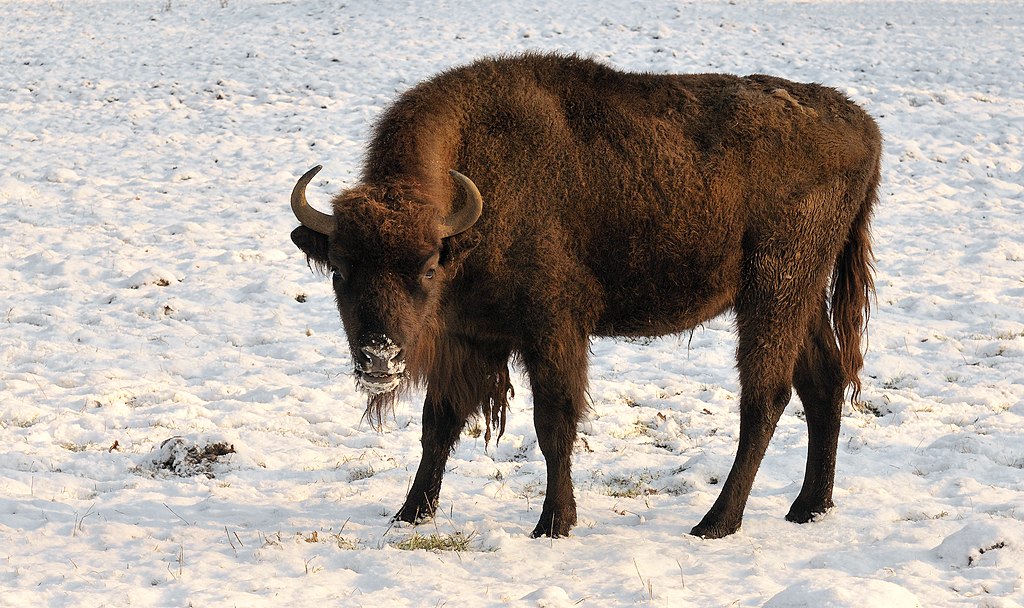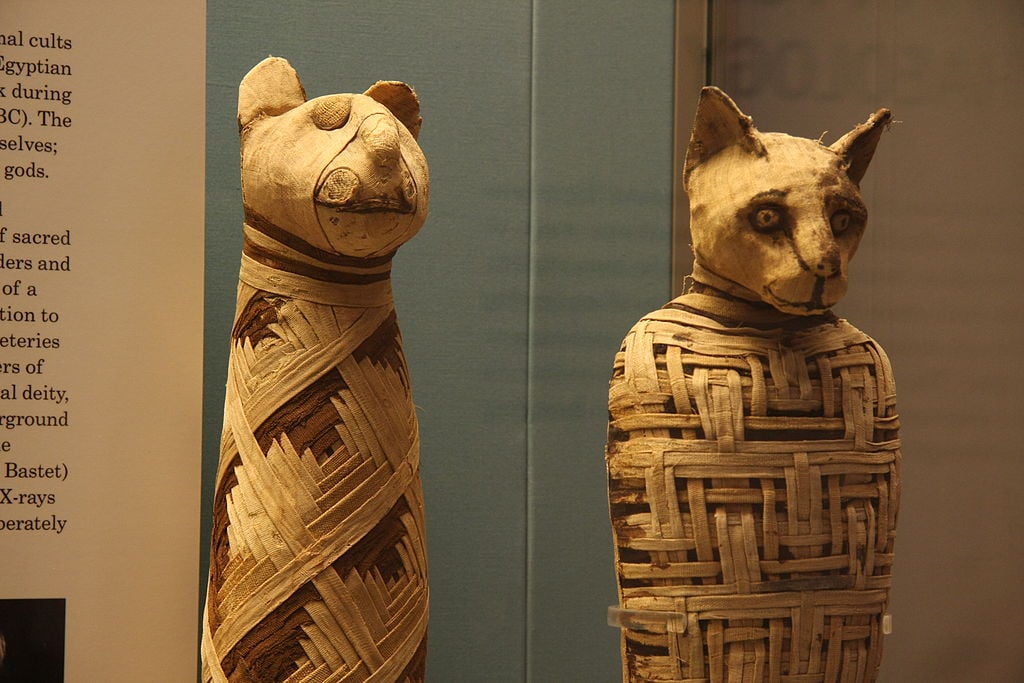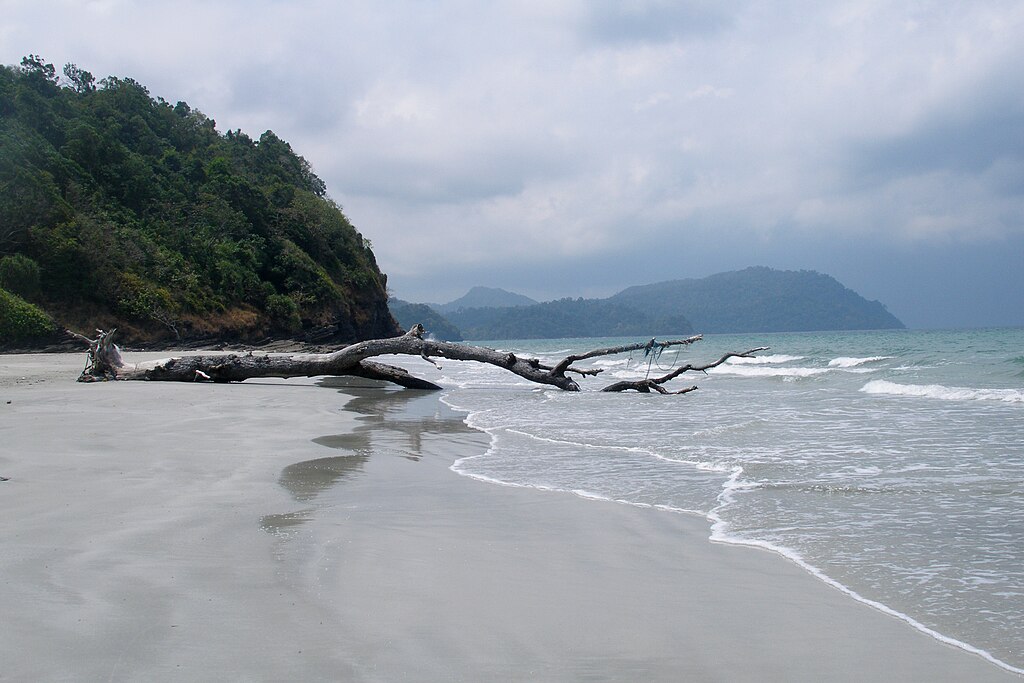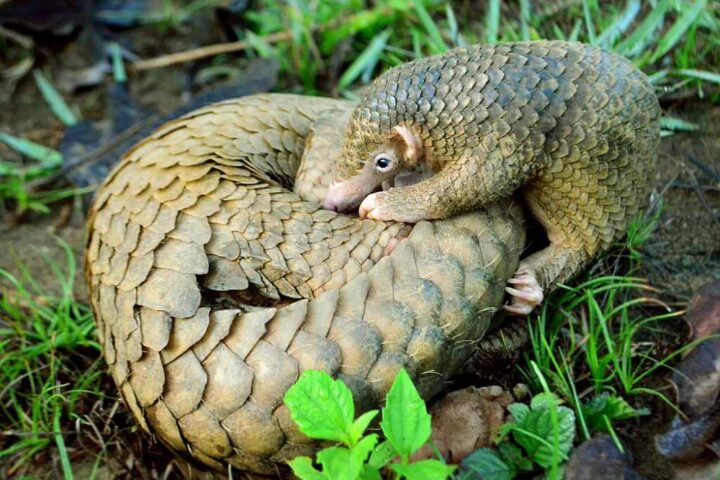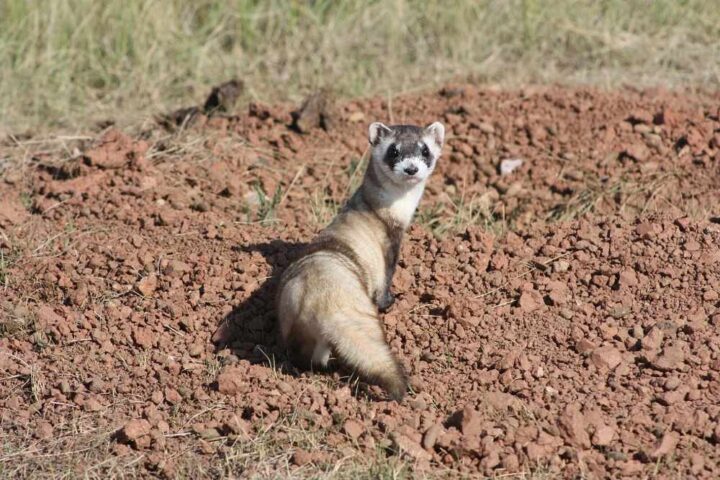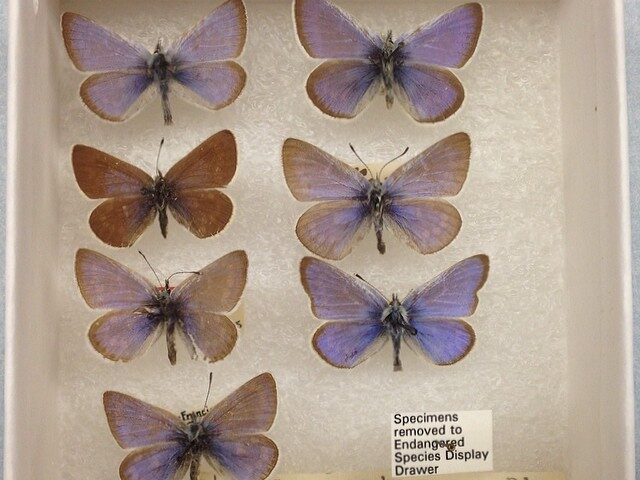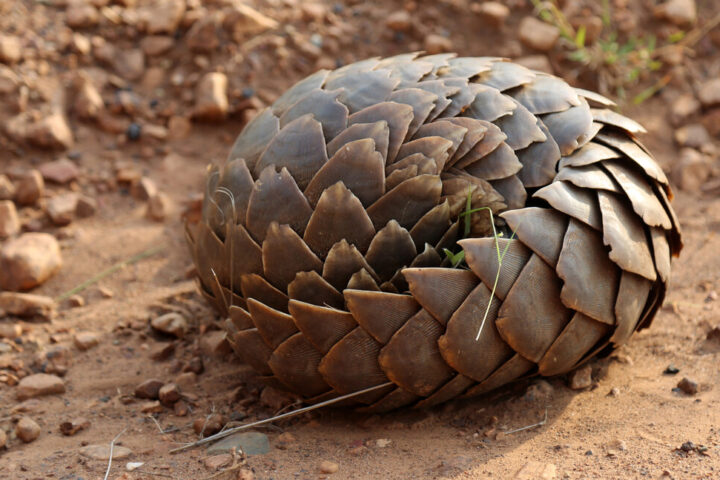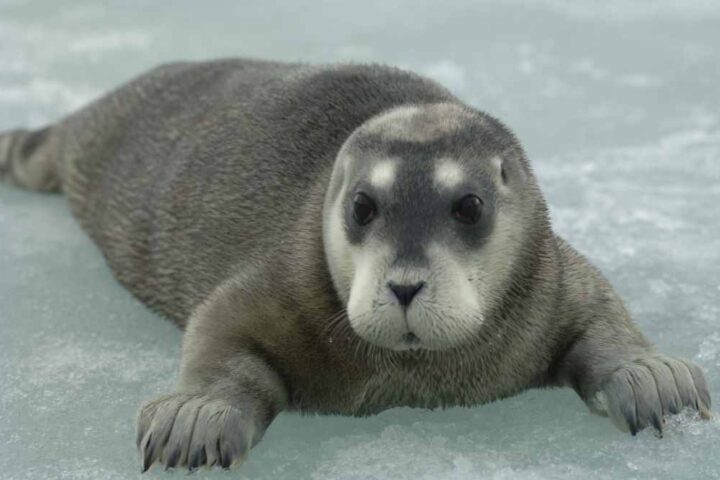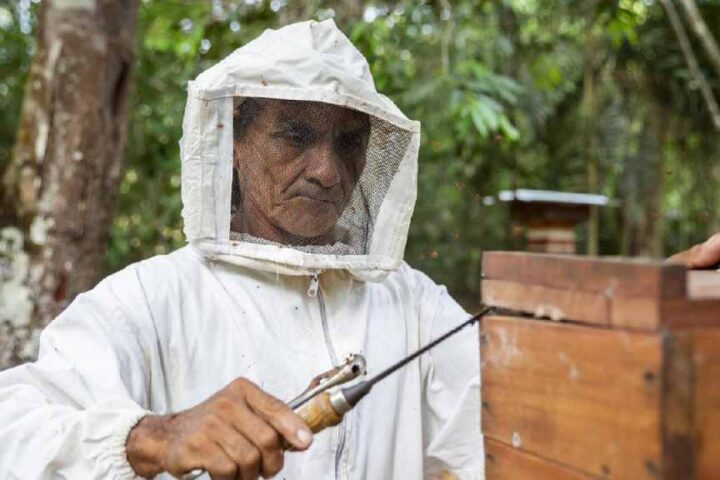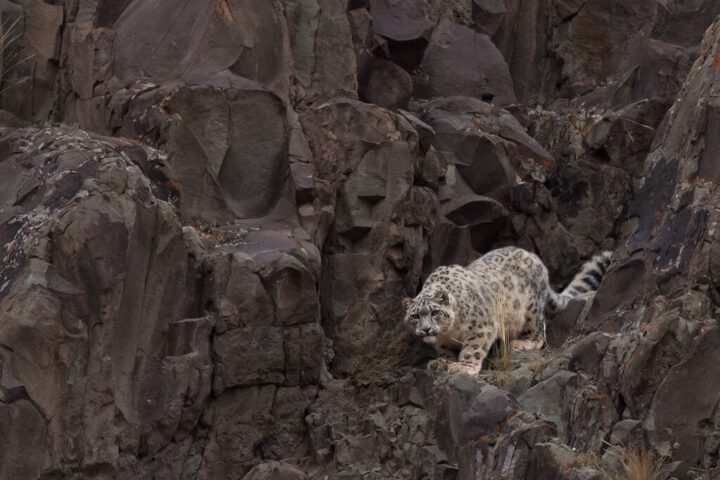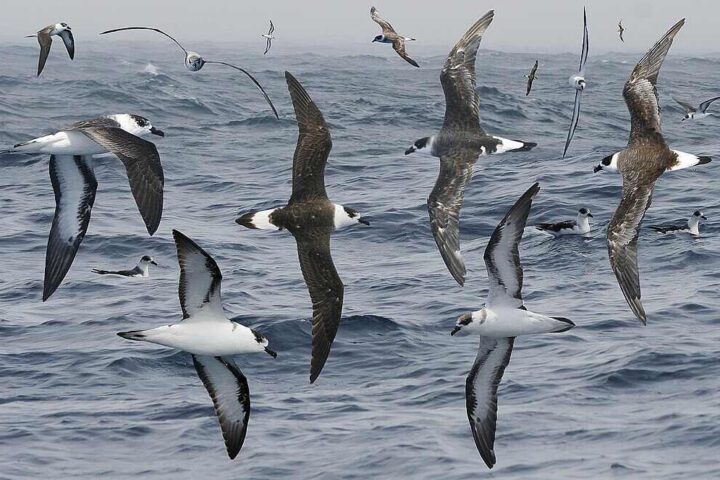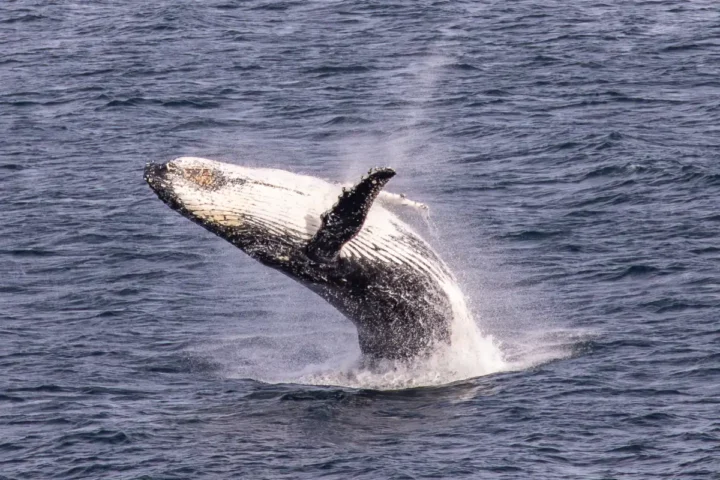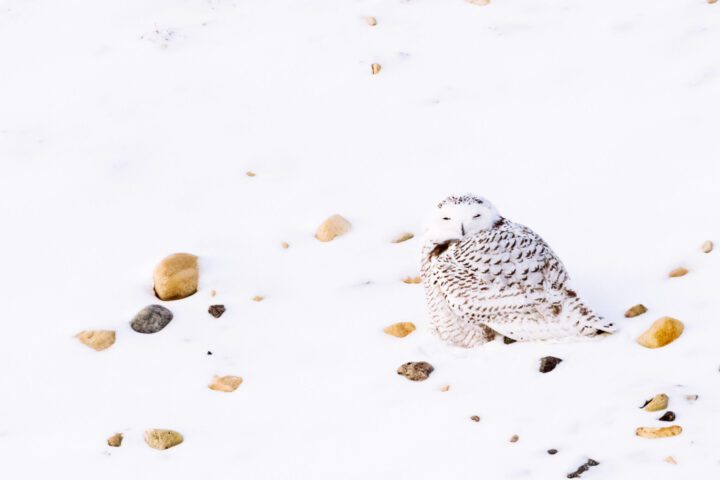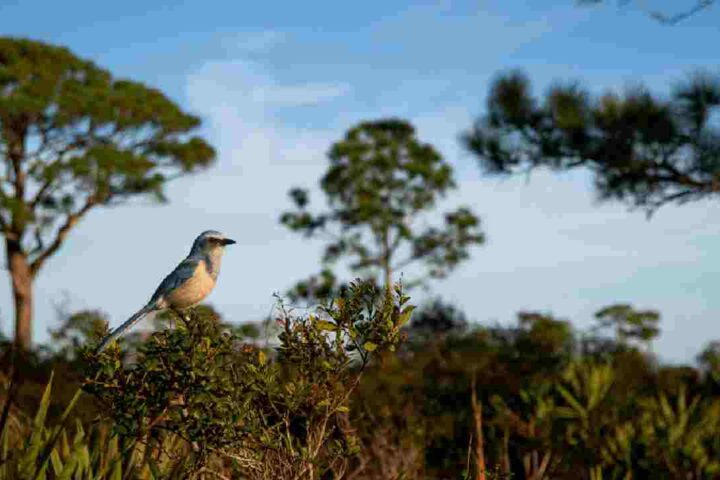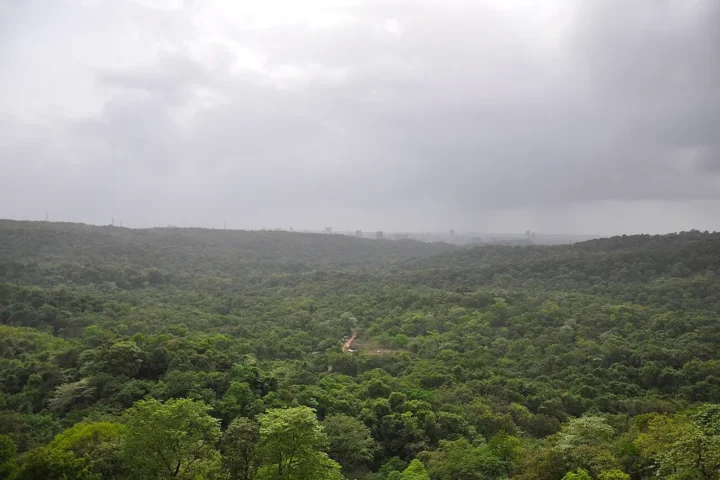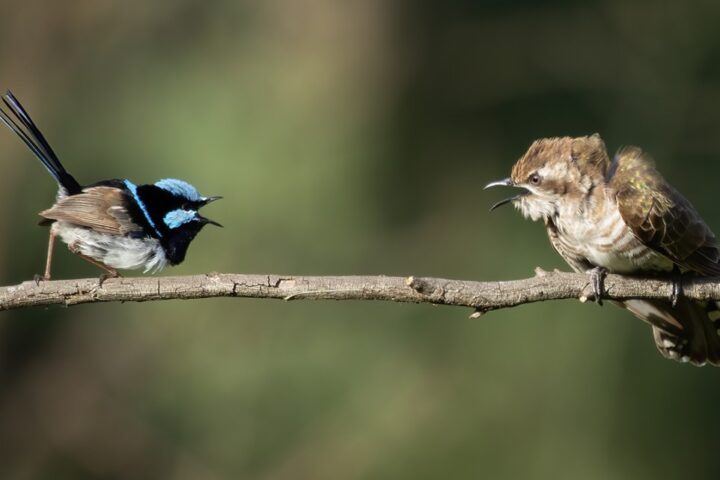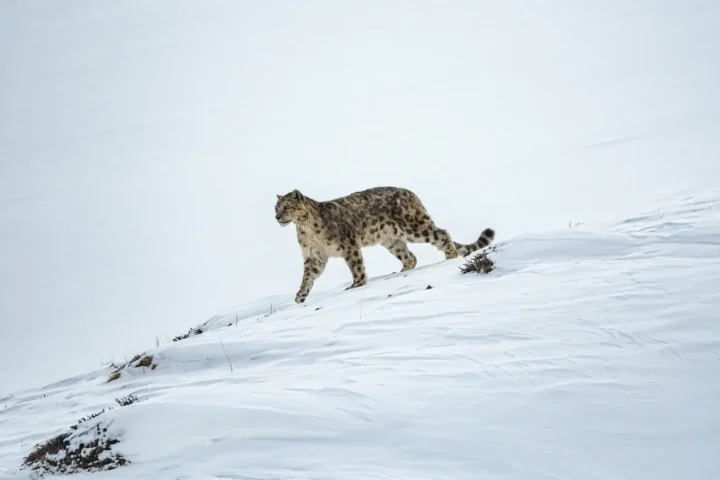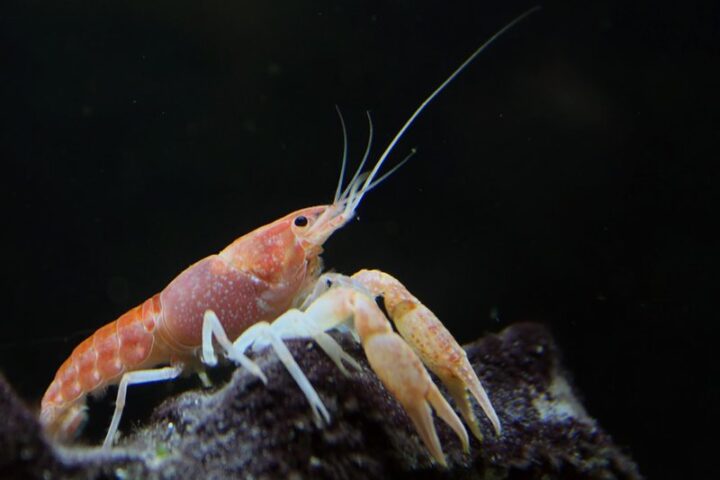A hundred years ago, Hollywood brought bison to Catalina Island for a movie. Today, these massive wild animals are slowly disappearing from the California tourist destination, marking the end of an unexpected wildlife experiment.
These aren’t small creatures, as they can weigh up to 2,000 pounds. To put that in perspective, that’s about the weight of a small car roaming the island’s hills.
“The number one thing that tourists want to see when they come to Catalina is bison and people want to see them running wild rather than in a fenced enclosure,” Catalina Island Conservancy President Tony Budrovich said last year. The group manages 88% of the island and faces a tricky balance—protecting the environment while dealing with these huge animals that weren’t meant to be there.
The bison story shows how one small decision can create lasting effects on nature. Back in 1924, these animals were brought to the island for what’s believed to be “The Vanishing American.” Ironically, not even a single Bison appeared in the final movie. However, the animals stayed, and their numbers grew rapidly—from the initial group to over 600 at their peak.
Why does this matter? Bison are North America’s largest land mammals and once played a crucial role in the continent’s ecosystems. Between 30 million and 60 million once roamed across two-thirds of North America, providing food, tools, and materials for Native American communities. But by the 1800s, excessive hunting had reduced their numbers.
Similar Posts
On Catalina Island, though, the problem wasn’t too few bison—it was too many. These powerful grazers spend up to 11 hours daily eating local plants. This heavy feeding threatens native plant species that aren’t used to such intense grazing. Unlike their natural prairie habitat, the island’s ecosystem never evolved to handle large herds of these animals.
In 2002, 2003, and 2004, island bison were relocated to native American reservations in North and South Dakota to the Lakota Sioux and the Standing Rock and Rosebud reservations, who were trying to re-establish bison on their lands. Then in 2009, they tried something new—giving female bison birth control vaccines to keep the population at about 150 animals. The results were stronger than expected. No new calves have been born since 2013, and today only 95 bison remain.
For visitors wondering about seeing these animals, there’s still time. While most bison typically live 10 to 20 years, some of Catalina’s bison have reached ages as old as 40. This means the last bison might survive until around 2053, giving people about 30 more years to see this unique sight.
The bison’s gradual disappearance will change more than just the island’s wildlife. These animals bring in significant tourism money; in the early 2000s, they generated over $4 million yearly from some tour operations alone. They appear on everything from t-shirts to restaurant menus, making them a key part of the island’s identity.
But their story carries an important lesson about wildlife management and human impact on nature. Even well-intentioned actions—like bringing animals to an island for a movie—can have long-lasting effects on the environment. As Catalina looks toward a future without bison, the focus shifts to restoring the island’s natural ecosystem and protecting its native species.
For those interested in seeing these magnificent creatures, the next few decades offer a last chance to witness a unique chapter in California’s wildlife history while learning valuable lessons about conservation and environmental responsibility.
